I installed a Warn Zeon 10S winch on my Jeep back in 2018 during the first few months of ownership. It was a traditional install where I wired the winch directly to the battery terminals.
I thought about running a power cut off for the winch so it could not be activated accidentally or maliciously (someone just walking by and plugging a winch controller), but I never got around to doing it. After a Reddit thread where someone said their winch was spuriously activated by an automatic sensor hitting the infrared receiver sensor (unnamed winch with an infrared wireless controller), I decided go order a solenoid to manually control power to the winch.
Warn makes a Power Interrupt Kit (SKU: 62132) which includes a solenoid, switch, and wiring. The included switch was not used since I run an sPOD in the Jeep, so I simply wired the solenoid switching posts to an empty switch station on my sPOD.
That being said, the install of the Warn Power Interrupt Kit was very straightforward. I mounted the solenoid to a vertical plastic wall of the battery tray that divides the battery from the engine. There was already one hole that was suitable for the 1/4-20″ bolts I was using to mount the solenoid and I drilled a second hole for the other bolt.
As stated earlier, I wired the solenoid switch points to an empty switch station on the sPOD which would act as the physical switch to enable / disable the power to the accessory (the Warn Zeon 10S winch).
All that was left was to remove the positive / power cable for the winch from the positive terminal on the battery and bolt that on to one end of the solenoid, then use the provided 2 AWG power cable in the kit on the other end of the solenoid which then goes to the positive terminal of the battery.
The above diagram should provide adequate visualization of what is going on. The solenoid sits between the power of the winch and the battery acting as a ‘bridge’ of sorts, while the winch ground remains on the negative terminal of the battery. The switch power and ground ports on the solenoid go to a switch stating on the sPOD.
While the respective switch station on the sPOD is off, the solenoid is closed and power is not flowing between the battery and the winch. When the respective switch on the sPOD is activated (on), the solenoid is opened allowing power to flow and the winch to operate normally.
Now my Warn Zeon 10S winch is not connected directly to battery and always (potentially) drawing power. Malicious activation has never really been a concern for me. The risk of someone walking around with a winch controller and plugging into my winch while I’m not around and activating my winch is extremely low.
Accidental shorts are probably the more relevant risk. If the winch power cable were breached due to a collision or other accident, there is a high amount of electricity on the thick gauge cable that could result in a short leading to fire or other vehicle damage.
Running a solenoid between the winch and the battery mitigates any risk of the long winch power cable being damaged and keeps the winch truly off (no active power).
Given the simplicity of a solenoid install with regards to a winch and the relevant added safety, I am surprised Warn does not include a solenoid with every winch. If you have a Warn winch, I highly recommend getting the Warn Power Interrupt Kit 62132 or the appropriate Warn winch solenoid for your given winch. If you have another manufacturer winch, get a solenoid that is compatible with your given winch / winch motor.

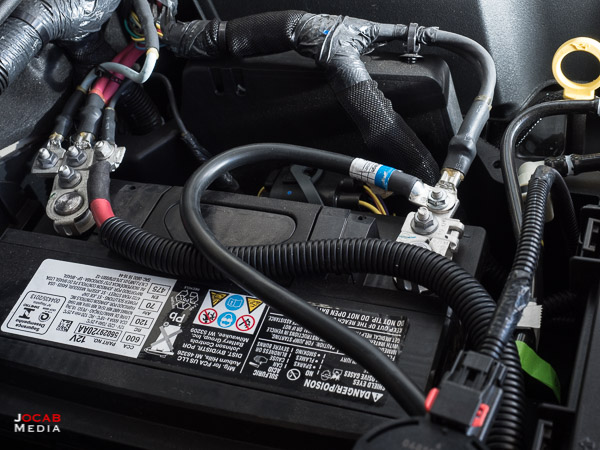
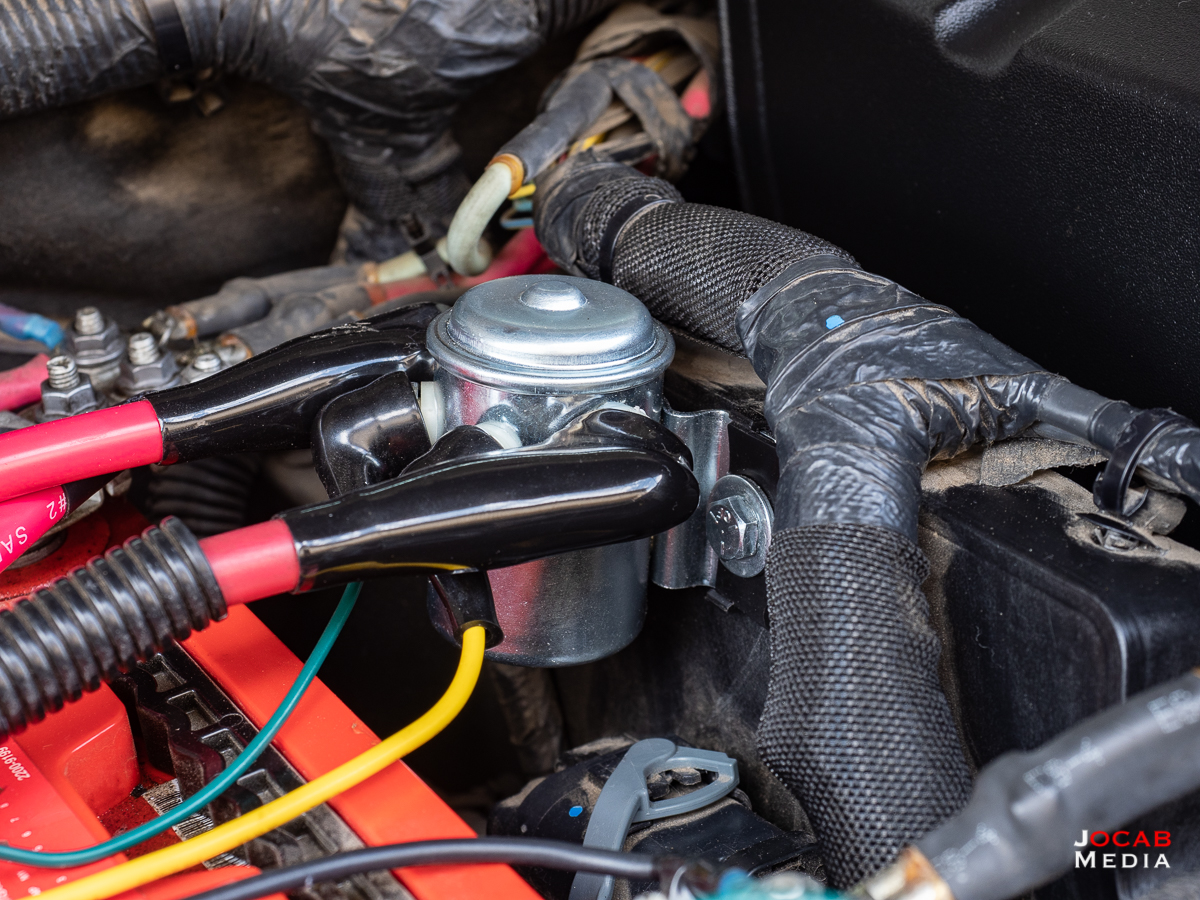
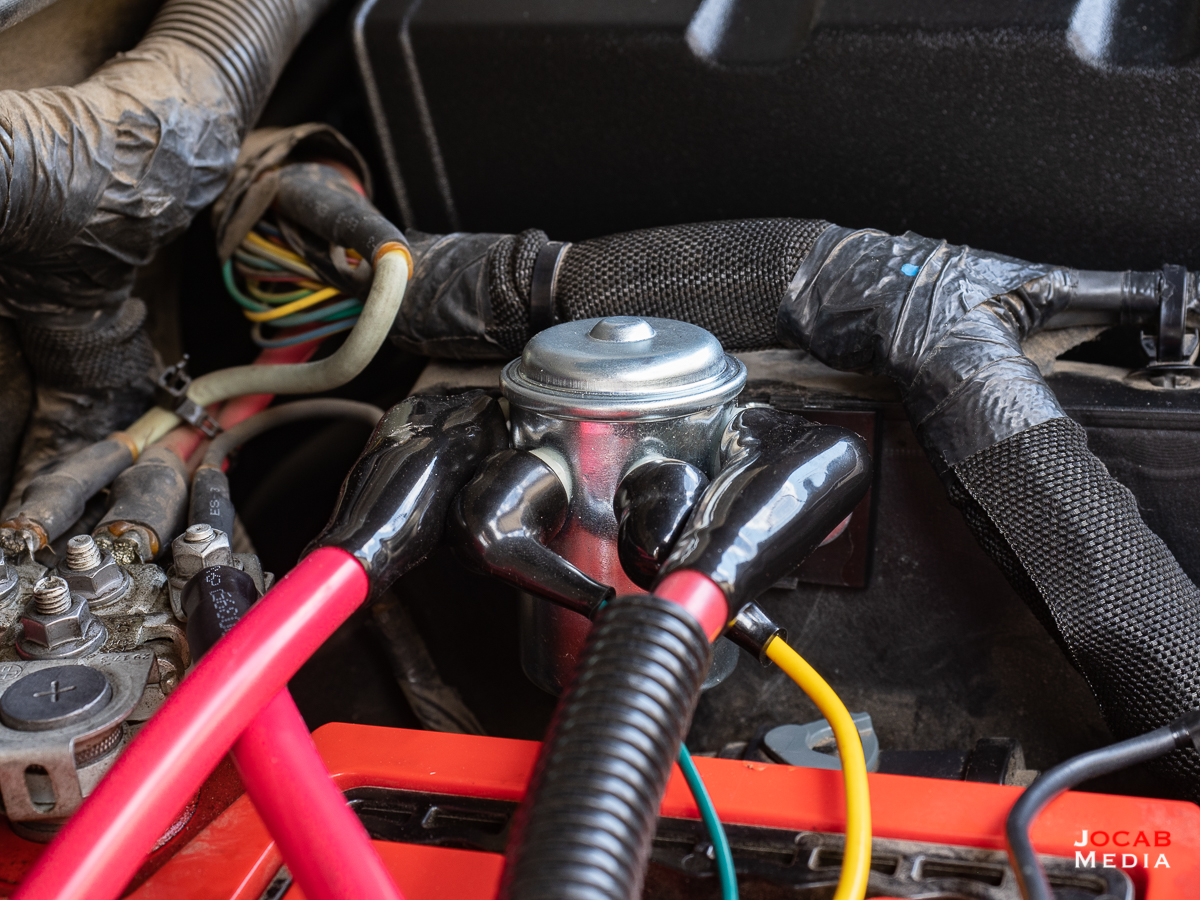
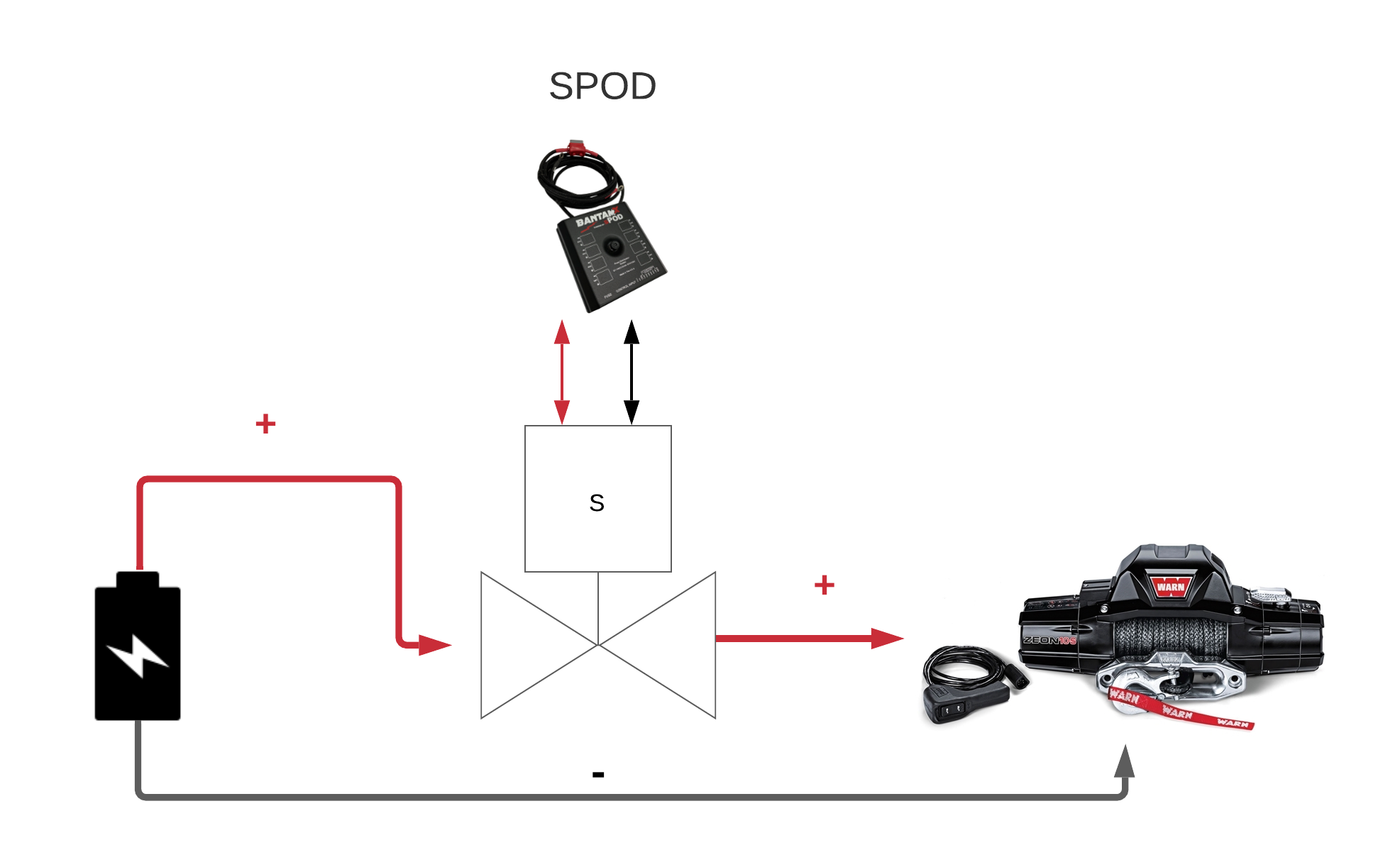
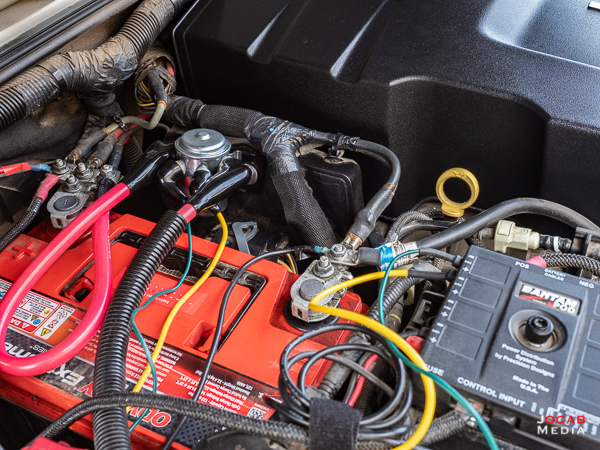
Comment on this post